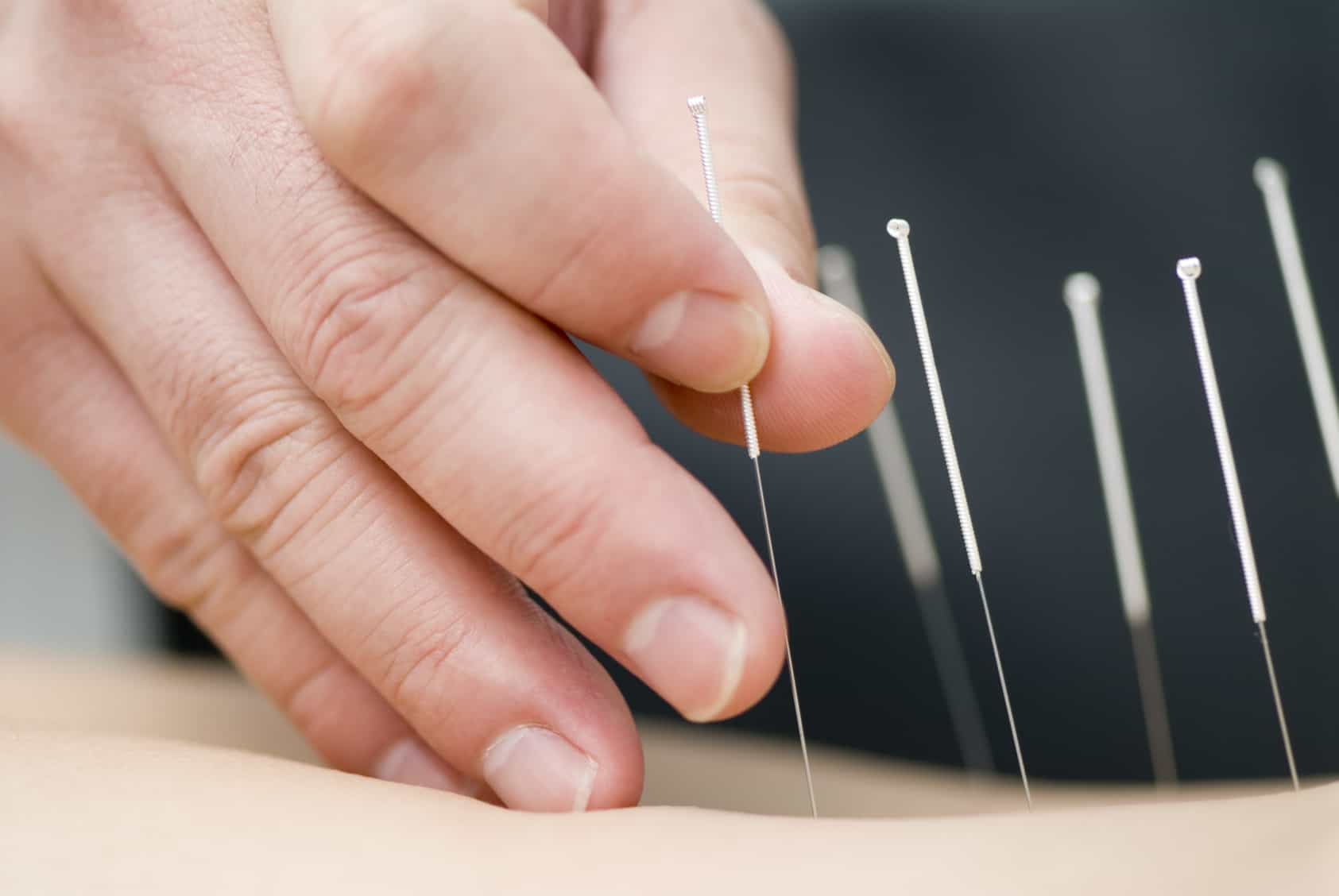Contents:
- Medical Video: Antihyperlipidemics and Peripheral Vasodilators
- What is the role of peripheral vasodilators in the treatment of cardiovascular disease?
Medical Video: Antihyperlipidemics and Peripheral Vasodilators
Peripheral vasodilators are used in the treatment of hypertension, acute myocardial infarction, and heart failure. For example, peripheral artery disease and Raynaud's phenomenon. Peripheral vasodilators relieve the symptoms of this condition by dilating blood vessels and preventing narrowing of the arteries. These drugs are usually only prescribed after self-help efforts have been tried and symptoms do not improve. There are several vasodilator peripherals including cilostazol, inositol nicotinate, moxisylyte, naftidrofuryl, pentoxifylline and nifedipine.
Vasodilator peripherals work in ways that are slightly different from one another.
Cilostazol and inositol nicotinate
Cilostazol and inositol nicotinate dilate the arteries that supply blood to the legs. Cilostazol also improves circulation by keeping platelets in the blood from sticking and then clogging.
Naftidrofuryl
Naphthidrofuryl dilates blood vessels to improve blood flow to these areas and allows the body to use oxygen in your blood.
Nifedipine
Nifedipine is a type of drug called calcium channel blocker. This drug is sometimes used to treat high blood pressure, but this drug is also a peripheral vasodilator. This drug works by dilating blood vessels and preventing them from spasm or constriction.
Moxisylyte
Moxisylyte is a type of drug called alpha blocker which works by loosening blood vessels, which then maintain the blood supply to the fingers, toes, ears, or nose.
Pentoxifylline
Pentoxifylline works by reducing blood viscosity. Blood can then flow more easily, especially in small blood vessels in the hands and feet.
What is the role of peripheral vasodilators in the treatment of cardiovascular disease?
There is no evidence that peripheral vasodilator produces significant progress in physical tolerance in patients with peripheral vascular disease, and these drugs can be dangerous. However, in the treatment of severe Raynaud's syndrome, the use of thymoxamin, prazosin, or nifedipine is recommended. A descriptive study was conducted, first, to find out why these drugs were prescribed in general practice, and secondly, to explain several drug options for the treatment of Raynaud's syndrome and peripheral vascular disease in a representative sample of 22 practices in northern Ireland.
Of these patients prescribed peripheral vasodilator, 69.6% were diagnosed as peripheral vascular disease, claudication or atherosclerosis. More than eral peripheral vasodilators prescribed in the form of continuous prescriptions. In patients with Raynaud's syndrome, only half is treated well, and the certainty of the diagnosis does not guarantee a suitable treatment. Peripheral vasodilators are the majority (51.5%) of drugs prescribed for peripheral vascular disease. A small percentage of patients with peripheral vascular disease (20.3%) were prescribed aspirin, and a small percentage (4.4%) were amputated. Peripheral vasodilators are prescribed even though they are not needed and not suitable. Efforts to encourage evidence-based treatment of Raynaud's syndrome and peripheral vascular disease in general practice should be carried out.
Always consult your doctor before using peripheral vasodilators. Tell your doctor if you are pregnant, planning a pregnancy or breastfeeding.












